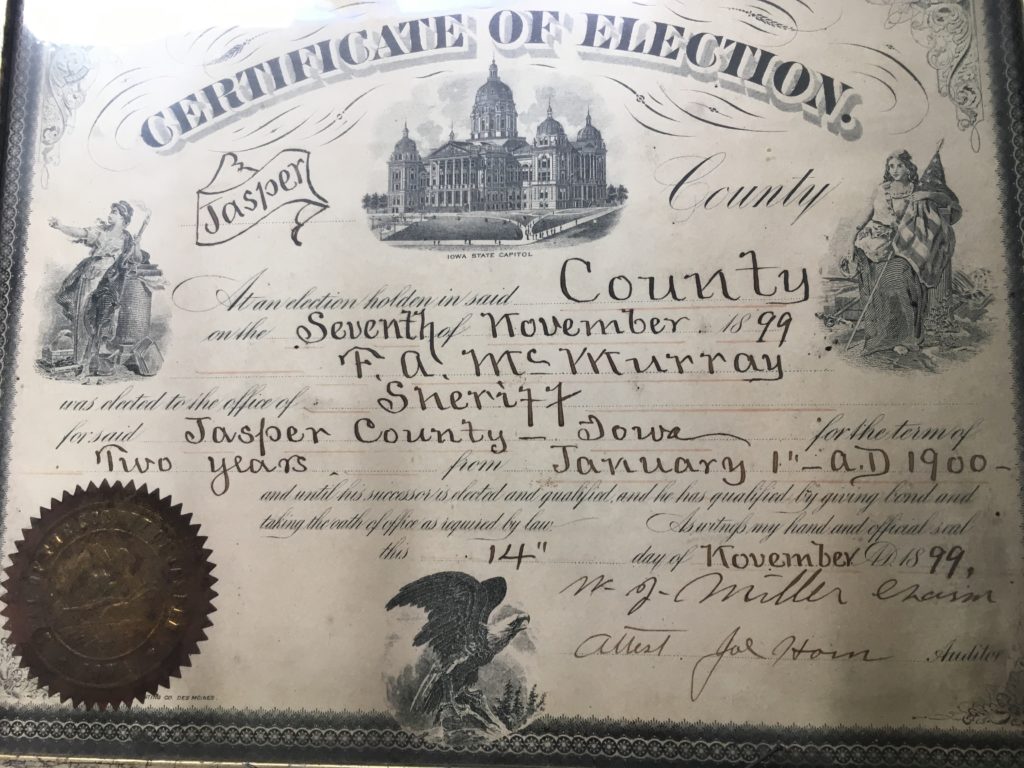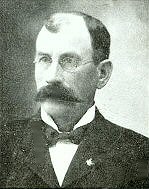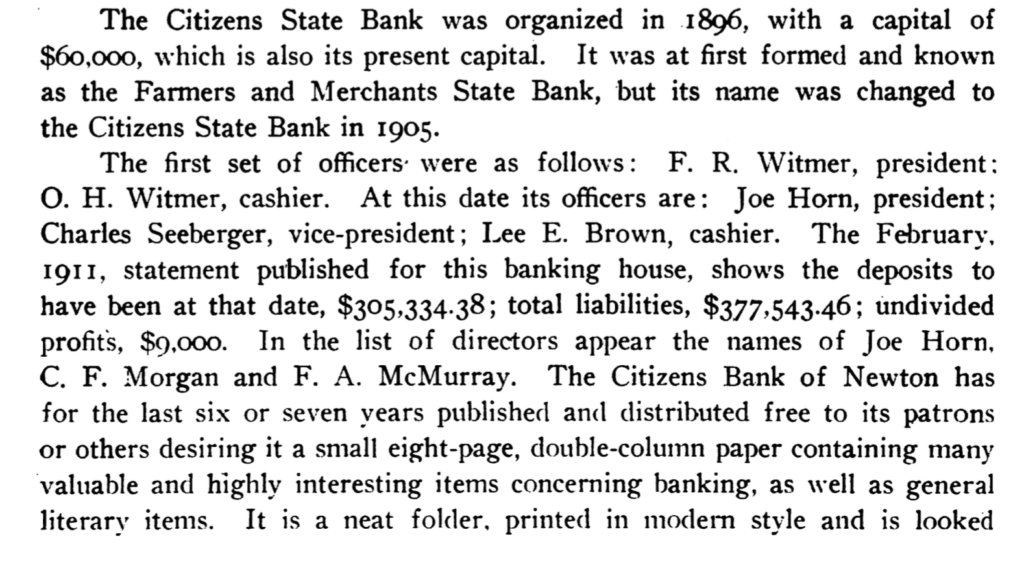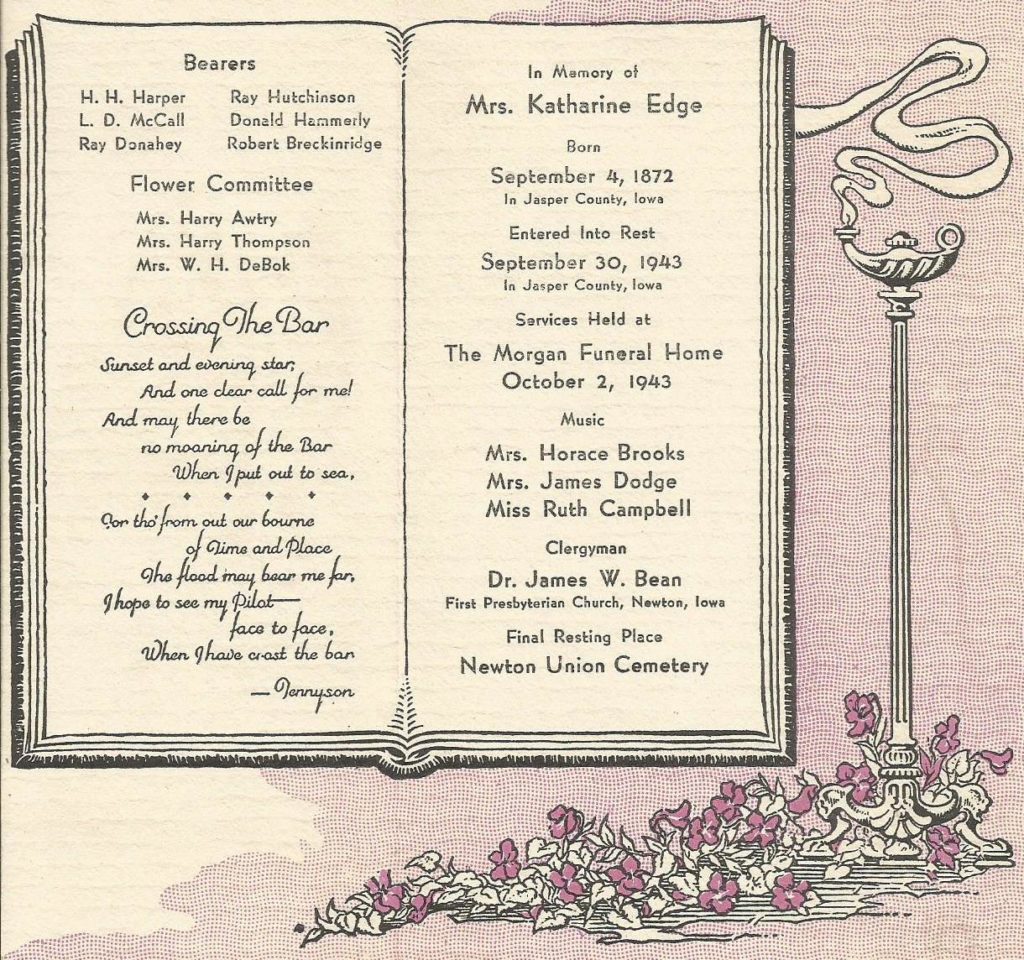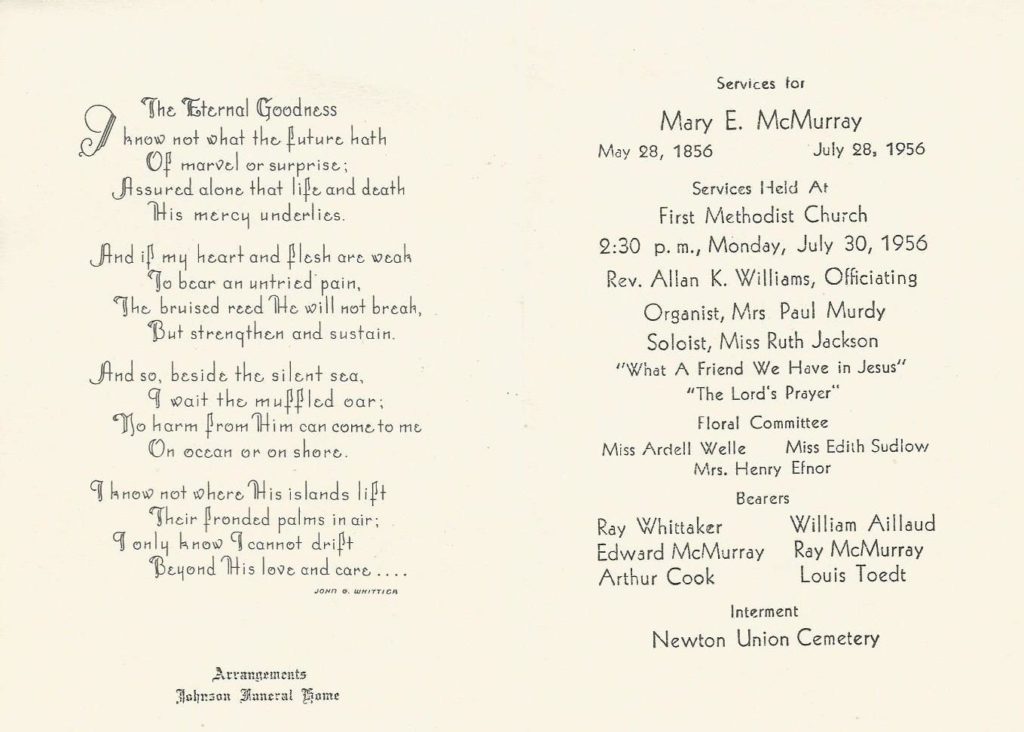Workday Wednesday: Dec. 26, 1776 in Trenton, New Jersey
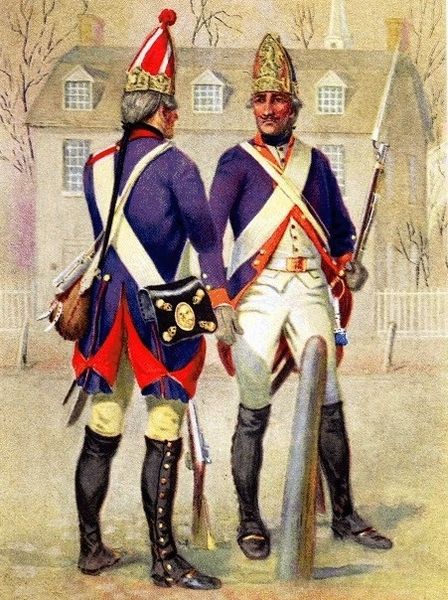
McMurray Family, Horn Family (Click for Family Tree)
The day broke, almost hesitantly through the low gray clouds, over the snow and ice, the raw cold and winds, and what would become a fateful workday for our Hessian ancestor Henry Horn, as well as for the rag-tag Continental Army of a fledgling country that became the United States of America.
Previous posts have described this battle and its consequences to our McMurray ancestor Henry Horn, but today we will look at it from another angle, that of the Continental Army. You have seen the images of George Washington crossing the Delaware so many times in your life (and even in stupid television ads), but there is so much more to the story.
Two hundred forty-two years ago, the Christmas holiday of 1776 was completely unlike the warm, food- and family-filled celebration that so many of us have just experienced. Christmas was not the huge celebration we experience today, and the country was in the midst of the “Little Ice Age”- the weather was brutally cold and unpredictable as the Revolutionary War wore on. The American troops were apart from their families and worried about the safety of their wives, children, siblings, parents, and that of their property, including food stored for the winter and livestock, as the British and Hessians marched through and ravaged the colonies. The rebel soldiers were despondent over so many recent losses to the British crown, and food, warm uniforms, ammunition, shelter, and other supplies were very short. In addition, many of the soldiers had enlistments about to expire at the end of the year, with some deserting even before the date arrived. The workdays of our troops were miserable at this time in history, as they are even today for some of our military who protect our freedoms while we celebrate or sleep. (Thank you to those who stand watch today- and every day- for us!)
The harsh winter weather was usually a time when troops hunkered down to regroup, heal, restock, and avoid fighting with muskets in cold wet weather. (Damp powder does not ignite well.) George Washington, however, knew that he would lose a large number of his soldiers with the upcoming enlistment expirations, plus thought if they attacked over the holiday, he would be able to surprise the Hessian soldiers (German auxiliaries/mercenaries for the British, including our Henry Horn), who were hunkered down and controlling the area around Trenton, New Jersey. Secret plans were made and strategic movements began, with boats moved down the Delaware and troops marched to camps near enough to the departure point yet far enough to not arouse suspicion of an impending attack.
Troop assembly for the crossing had begun about 3 pm on Christmas Day, December 25th, 1776, and the sky grew dark as the sun set before 5. The almost full moon rose about a half an hour later, providing some light for the actual crossing, but as the clouds moved over the moon, the crossing was made more difficult with the deeper darkness and the worsening weather.
It began to snow, adding to what was already on the ground, and around 11 pm, a nor’easter blew up and the snow became a mixture of driving rain, razor-sharp sleet, and pounding hail. George Washington commanded the troops that included experienced boatmen who had to break the ice and dodge ice floes in a swift current as they moved their heavy boats and flatboats laden with the weight of men and supplies across the river at McKonkey’s Ferry. Some of the men ended up in the water, though none perished despite most of them being unable to swim. It may have taken up to ten hours to ferry about 2,400 men, 100 horses, and 18 cannon and artillery wagons across the river in multiple trips. The American rebels had somehow accomplished the seemingly-impossible task of crossing the icy Delaware River from Pennsylvania into New Jersey by 3 am on December 26th. Freezing, wet, and exhausted, the men and horses began to move off about an hour later. The operation still had about nine miles to march in silence to Trenton, and they would lose their cover of darkness for the surprise attack due to the delays that morning.
Before they marched from camp to the ferry, the men had all been issued three days of food and fresh flints to ensure proper firing of their muskets. They were told they were going on a secret mission, and silence within ranks was important. Once the arduous crossing had been completed, questions must have filled their minds as they began the trek southeast on the New Jersey side of the Delaware River. As they marched toward the dawn, their heartbeats would have risen like the sun, knowing they were getting closer to the big fight.
Among the American rebels who crossed the Delaware River as part of their ‘workday’ on December 25-26, 1776 were:
George Washington– our future first President and Commander of the Continental Army, who masterminded and commanded this logistically difficult and decisive operation
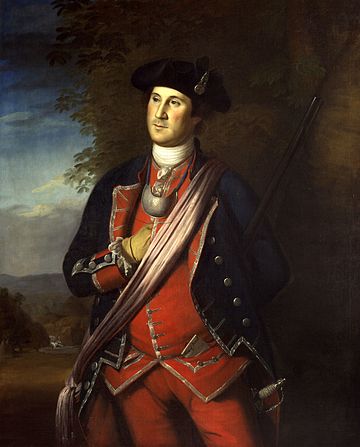
James Madison?– our fourth President, co-author of The Federalist Papers (which supported the Constitution), has been said to have been present at Trenton, but he was a small, petite man, often sickly; he may have advised Washington prior to the crossing, but most likely did not participate in military actions even if he was in the area. (Sources are contradictory about his presence.)
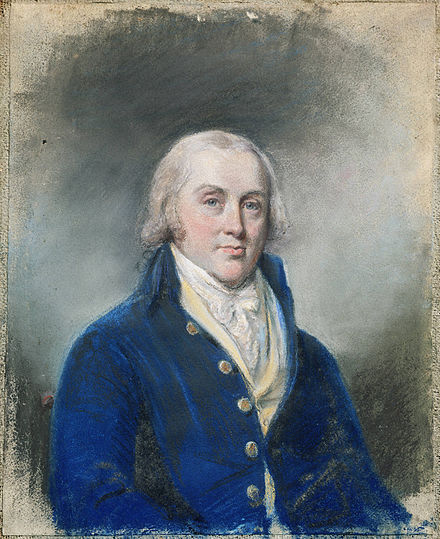
Lt. James Monroe– our fifth President, who was wounded in the shoulder by a musket ball during the Battle at Trenton.
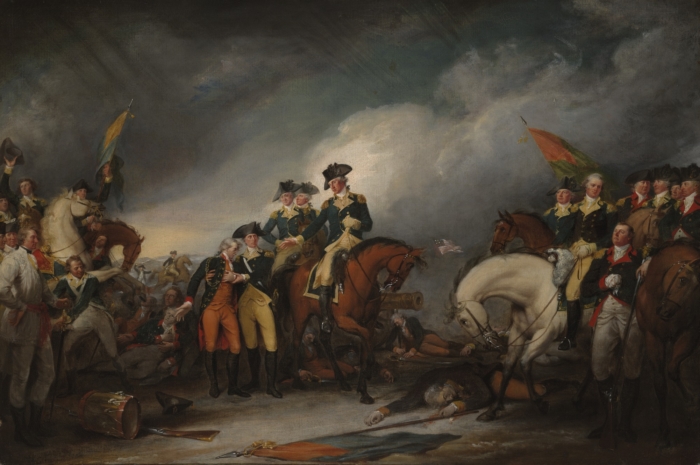
The ball severed an artery but Monroe survived due to the quick action of the company doctor who clamped the artery and kept Monroe from dying from blood loss.

Alexander Hamilton– he was Aide de Camp to Washington, became the first Secretary of the Treasury of the new United States, and founder of our national bank and financial system; he and his New York Artillery company were stationed with Washington at the highest point in Trenton, guns aimed at the Hessian barracks to prevent them from leaving and returning the attack.
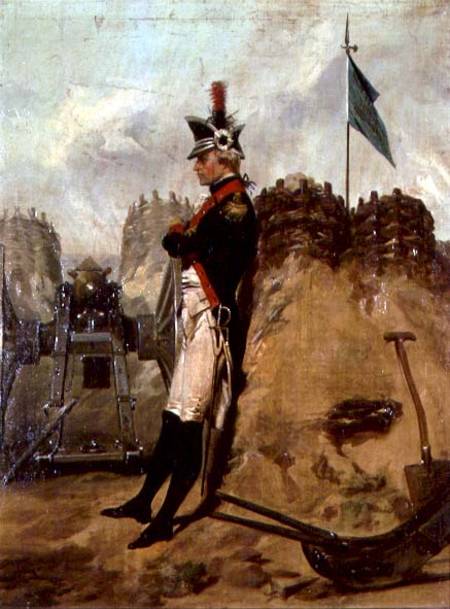
Aaron Burr– 3rd Vice President of the US (Pres. Thomas Jefferson’s first term); he distinguished himself at the Battle of Quebec with Col. Benedict Arnold, was a staff member to Washington but preferred to be on the battlefield, and he killed his political rival and fellow soldier at Trenton, Alexander Hamilton, in a duel in 1804.
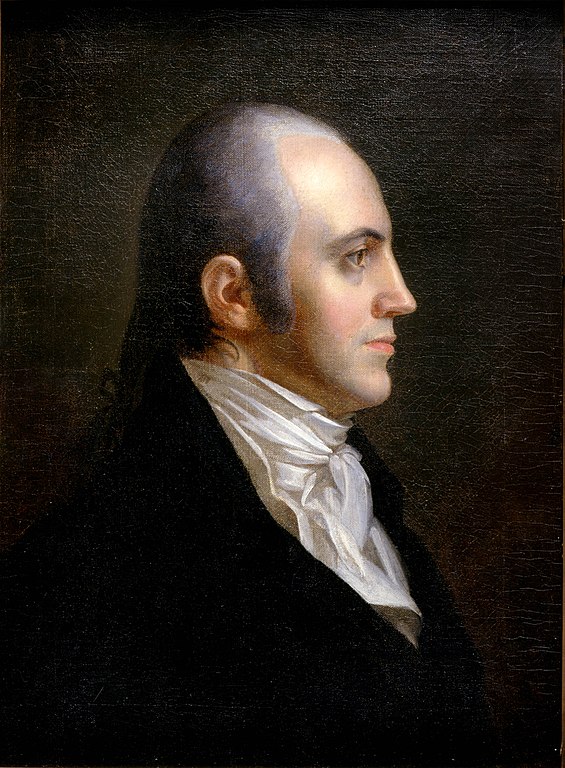
Arthur St. Clair– later President of the First Continental Congress, and the first governor of the Northwest Territory (which became Ohio, etc.), a Brigadier General at Trenton, his strategy to capture Princeton, New Jersey just eight days later provided another morale-boosting victory for the Continental Army.
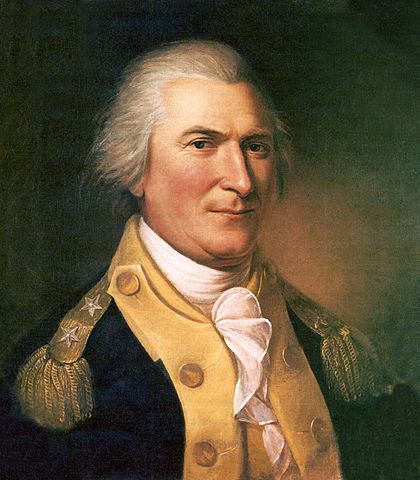
Charles Willson Peale, 1782. Via Wikipedia, public domain. (Click to enlarge.)
John James Marshall– Fourth US Secretary of State (1800-1801) and 4th and longest serving Chief Justice of the US (1801-1835); he served in a Virginia regiment during the Trenton campaign
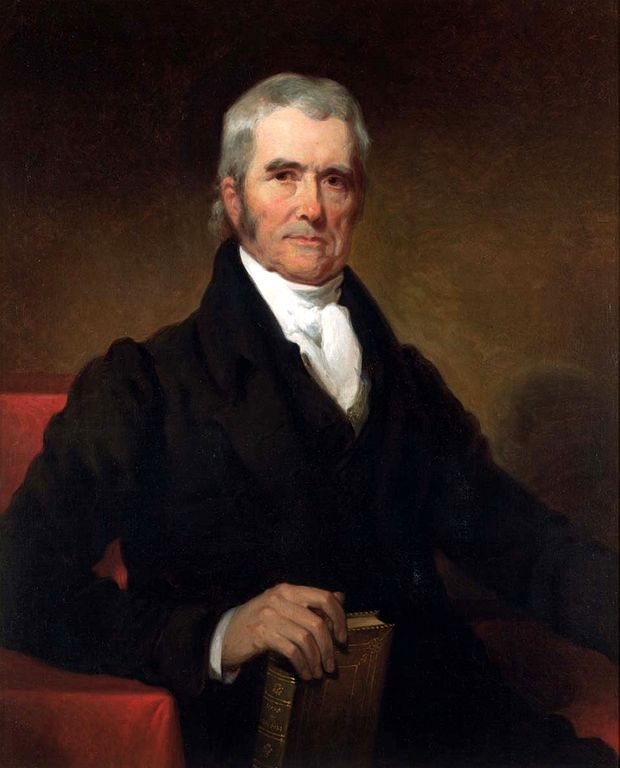
And of course, on the other side of the battle was “our” Heinrich (or Henrich) Horn, a private in von Knyphausen’s regiment of Hessians. Henry was only 18, and would have been told that the Americans were rebelling against their king, so the insurrection had to be contained. (The ordinary Germans of that time had no understanding of democracy.) The Hessians were well-trained troops but in a foreign land and around a language foreign to them, and within their units they would have spoken German. Henry would have been exhausted on that Christmas Day in 1776, sleeping in his uniform with musket alongside when he could, as the local militias had been harassing the Hessian troops and causing small skirmishes here and there just to wear them down. Would Henry have been aware of their precarious situation, which their commander had made worse by not fortifying the town as recommended by others? The Hessian workday, like those of most soldiers throughout time, was either “hurry up and wait,” watchful waiting, or fighting hard like his unit had at previous engagements in New York and New Jersey. He likely was disappointed that his Christmas holiday was so very far from family, but even more disappointed as the Americans caught the German and British troops off-guard the next morning and stormed the town. Becoming a prisoner of war in a foreign country must have been terrifying…
The series of posts about Henry Horn’s military workdays can be found here:
“Henrich Horn: Military Career”– http://heritageramblings.net/series/henrich-horn-military-career/
A post specific to the Battle of Trenton may be found here:
“Military Monday: Henry Horn & the Battle of Trenton”– http://heritageramblings.net/2015/12/28/military-monday-henry-horn-the-battle-of-trenton/
An excellent new article in the Journal of the American Revolution gives many more details as to the logistics of the actual crossing:
“Christmas Night, 1776: How Did They Cross?”– https://allthingsliberty.com/2018/12/christmas-night-1776-how-did-they-cross/
The wonderful book, Washington’s Crossing, by David Hackett Fisher, is an excellent read about the crossing, and has been produced as a movie as well.
Notes, Sources, and References:
- How is Henry Horn related? His granddaughter, Mary Ann Horn (1824-1891) married Henderson McMurray. Henry Horn is therefore the third great grandfather (g-g-g-gfa) of Dr. Edward A. McMurray (1900-1992).
- “Military Monday: Henry Horn & the Battle of Trenton”– http://heritageramblings.net/2015/12/28/military-monday-henry-horn-the-battle-of-trenton/
- James Monroe– https://en.wikipedia.org/wiki/James_Monroe, https://en.wikipedia.org/wiki/3rd_Virginia_Regiment
- Alexander Hamilton– https://en.wikipedia.org/wiki/Alexander_Hamilton#Revolutionary_War
- Arthur St. Clair– https://en.wikipedia.org/wiki/Arthur_St._Clair#Revolutionary_War
- Washington’s Crossing, David Hackett Fisher, Oxford University Press USA, 2004.
- Friends of the American Revolution (written with a British POV)– https://21stcenturycicero.wordpress.com/events/1776-1226-battle-of-trenton/
- “Battle of Trenton”- there may be some inaccuracies in this article, such as stating that James Madison took part; this too is a British site and has some great images. — https://www.britishbattles.com/war-of-the-revolution-1775-to-1783/battle-of-trenton/
- “Christmas Night, 1776: How Did They Cross?” in the Journal of the American Revolution— https://allthingsliberty.com/2018/12/christmas-night-1776-how-did-they-cross/
Click to enlarge any image. Please contact us if you would like an image in higher resolution.
We would love to read your thoughts and comments about this post (see form below), and thank you for your time! All comments are moderated, however, due to the high intelligence and persistence of spammers/hackers who really should be putting their smarts to use for the public good instead of spamming our little blog.